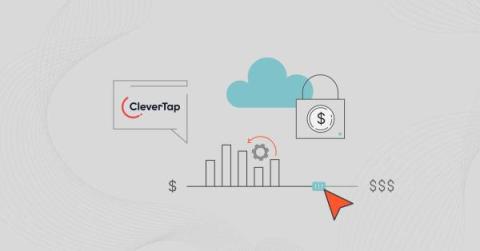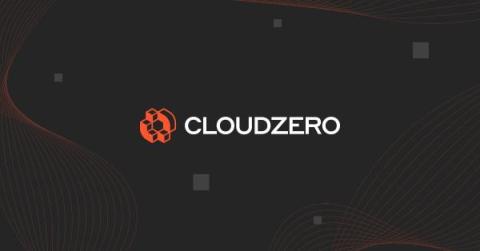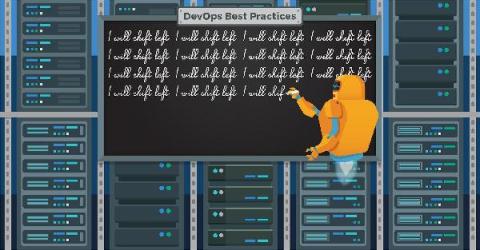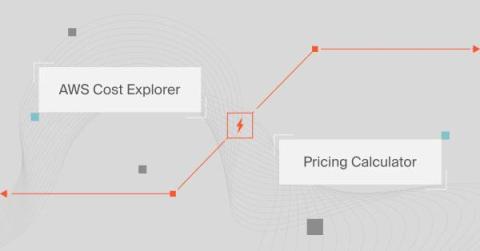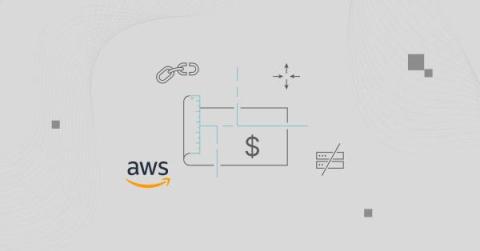How CleverTap Uses Unit Economics To Control Cloud Costs
At CloudZero, we take special pride in helping our customers to optimize their cloud spend. We especially love it when a longtime customer has experienced so much success with our platform that they can’t help but sing their love of unit economics from the rooftops. In this interview, we sat down with Francis Pereira, Vice President of Infrastructure Engineering at CleverTap, to find out how CleverTap has evolved and grown during their years of partnership with CloudZero.


